When it comes to mobile processors, Qualcomm’s Snapdragon series chips are undoubtedly among the top performers in the industry, and the launch of the company’s latest Snapdragon 8 Gen 2 SoC shows some very promising results. With that said, a new performance which pits the 8 Gen 2 versus Samsung’s very own Exynos 2200 has shown some rather interesting results.
More specifically, a test ran by the good folks over at Android Authority using Basemark’s new “In Vitro” GPU test suite compared the performance of the two chipsets, particularly in ray tracing performance. First seen on gaming PCs and consoles, ray tracing allows machines to process more complex and high-end graphics for a more visually-immersive experience (think in-game shadows, lighting, reflections and such).
There were some disclaimers given about the test, though – for rendering, In Vitro uses ray tracing exclusively to improve the quality of reflections. Additional elements, like lighting and shadows instead use rasterization, so while the benchmark gives an idea of the hybrid rendering workload that will mostly be used for mobile games, it doesn’t give a full picture of how a phone’s GPU would handle combined ray tracing for lighting, shadows, and reflections.
With that said, both the Exynos 2200 and Snapdragon 8 Gen 2 were designed with ray tracing performance in mind, and the test was performed using the Samsung Galaxy S22 Ultra and the Redmagic Pro 8 (which run on the aforementioned chips, respectively). It’s important to note that the Exynos 2200 is a slightly-older chip, being launched in the first quarter of 2022, while the Snapdragon 8 Gen 2 made its appearance later in the year.
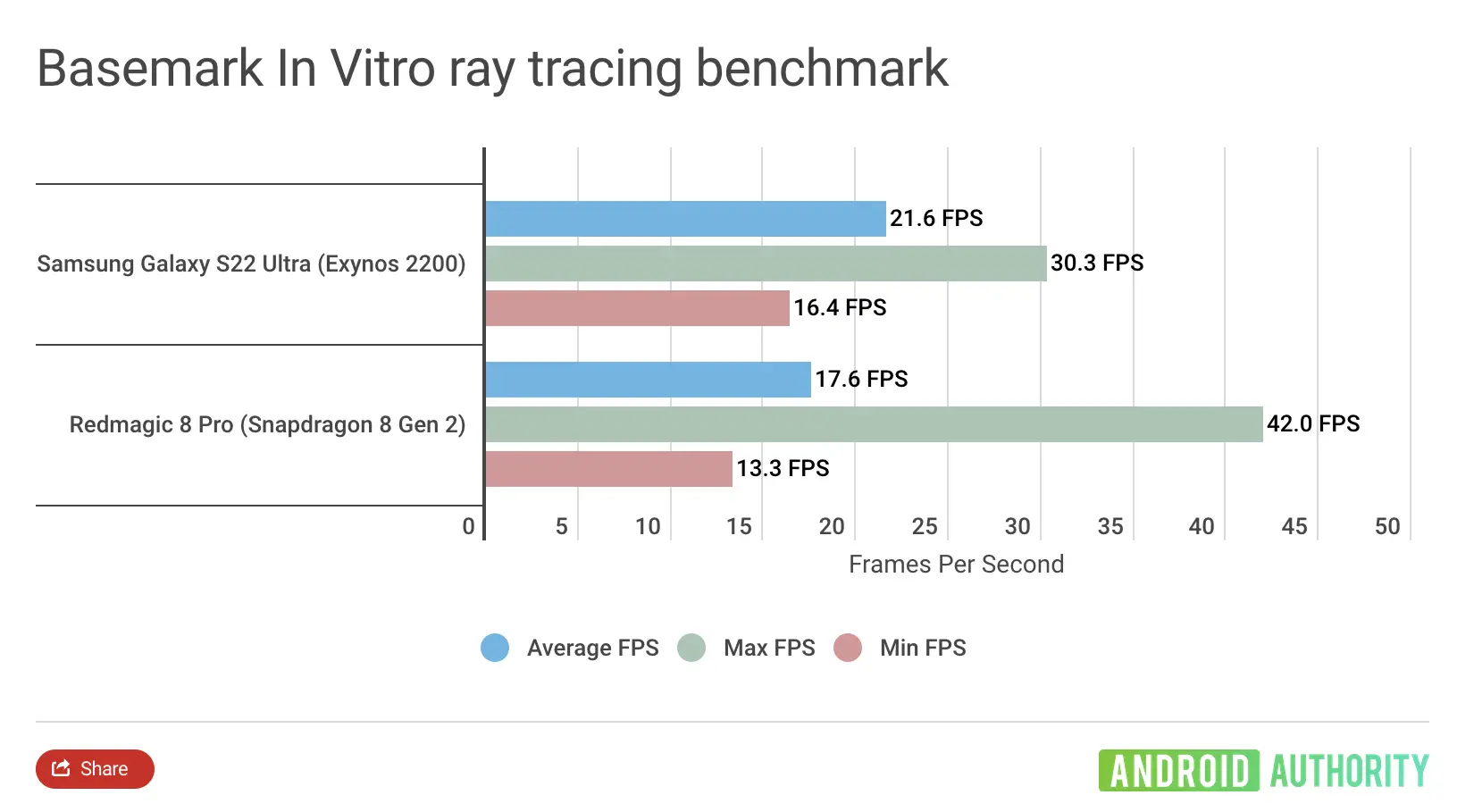
As it turns out, the Exynos 2200 was more impressive when it came to average performance using the ray tracing test, despite the 8 gen 2 being able to land higher peak FPS scores. The report also stated that with real-time viewing, the Snapdragon 8 Gen ran faster albeit with fewer reflections on screen, and struggled as the benchmark test increased the reflections near the end.
“There isn’t a performance issue with the phone, as far as we can tell, the Redmagic 8 Pro flies past the S22 Ultra in most other benchmarks we ran. The Redmagic 8 Pro is also running a newer version of the Vulkan API than the Galaxy, 1.3.128 and 1.1.179 respectively, so software support isn’t the issue. Vulkan introduced ray tracing support in version 1.1. We also confirmed our results with Basemark’s internal testing. It genuinely looks like the Snapdragon 8 Gen 2 is inferior when it comes to ray tracing capabilities. At least in this benchmark.”
With that said, it’s interesting to see an older chipset under Samsung’s Exynos series beat its rival, especially given how Exynos chips in recent years have been met with generally underwhelming performance reviews. It also gives us an insight on how newer chips like the Snapdragon 8 Gen 2 perform, especially since Qualcomm banked a lot on ray tracing capabilities with its newest chip.
Source: Android Authority

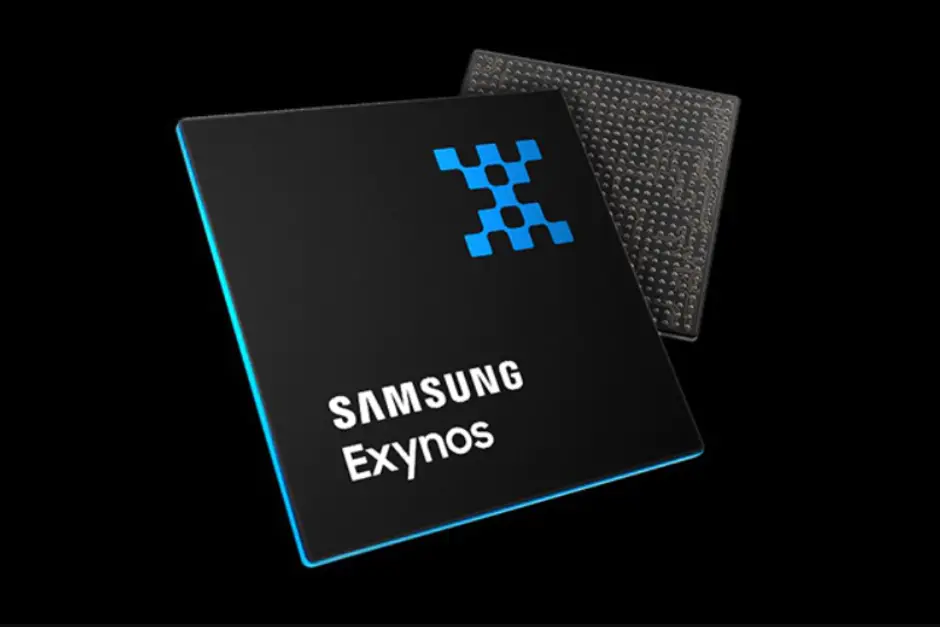
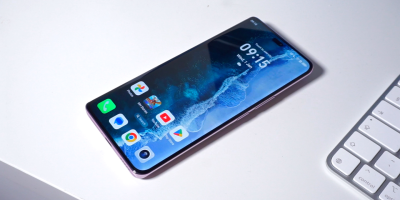


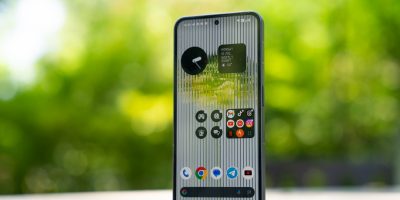
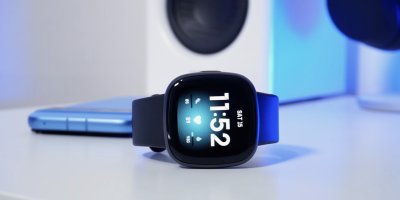


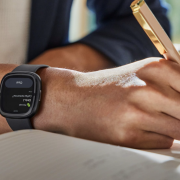
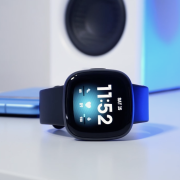

Comments